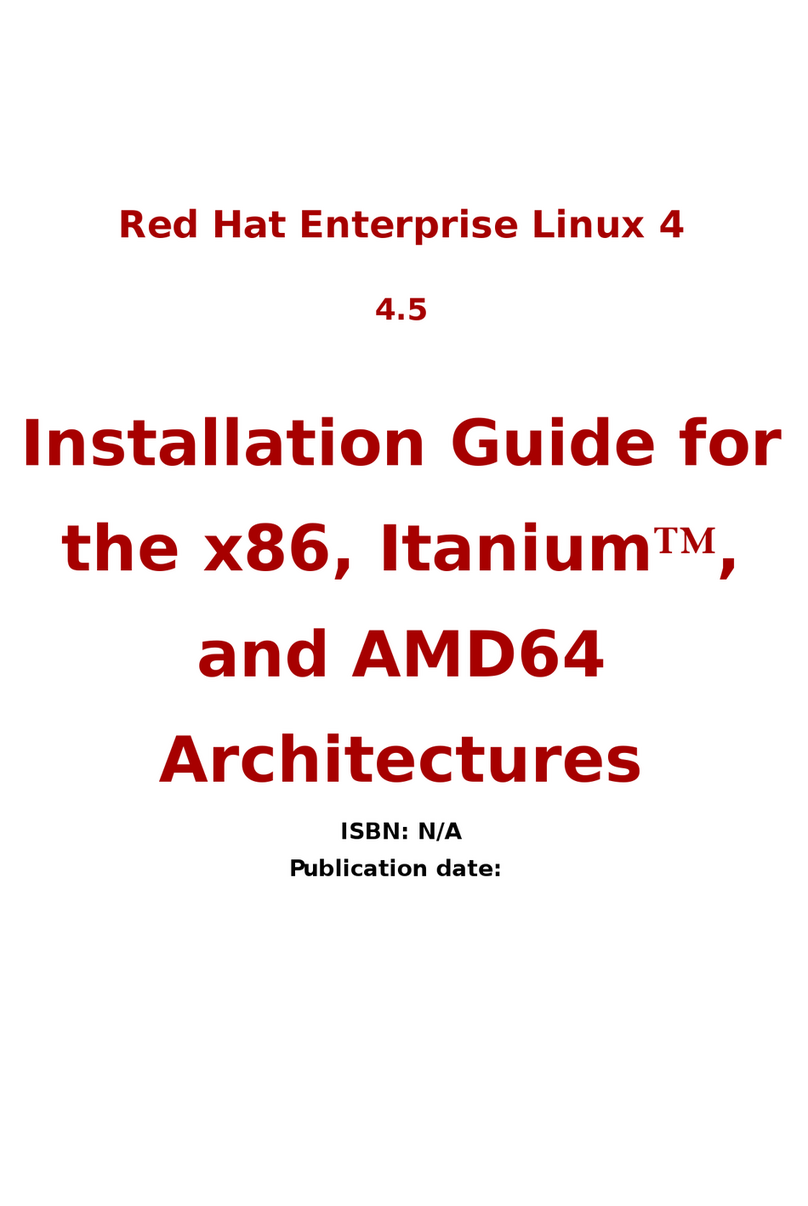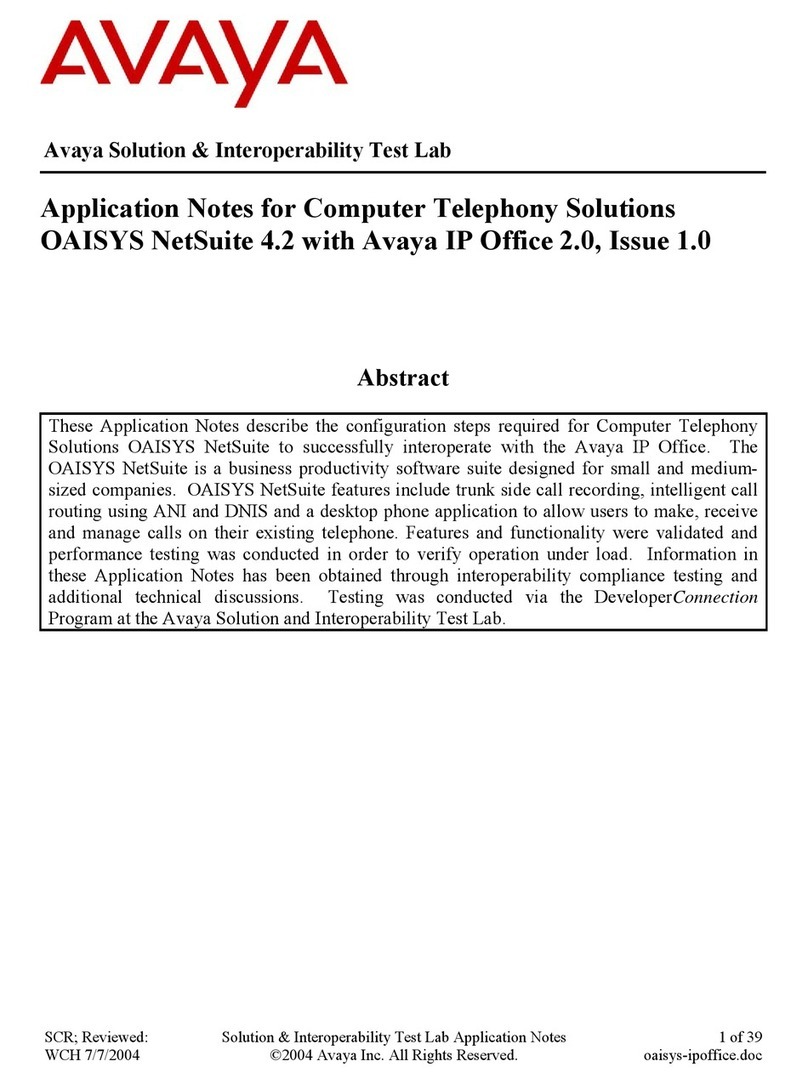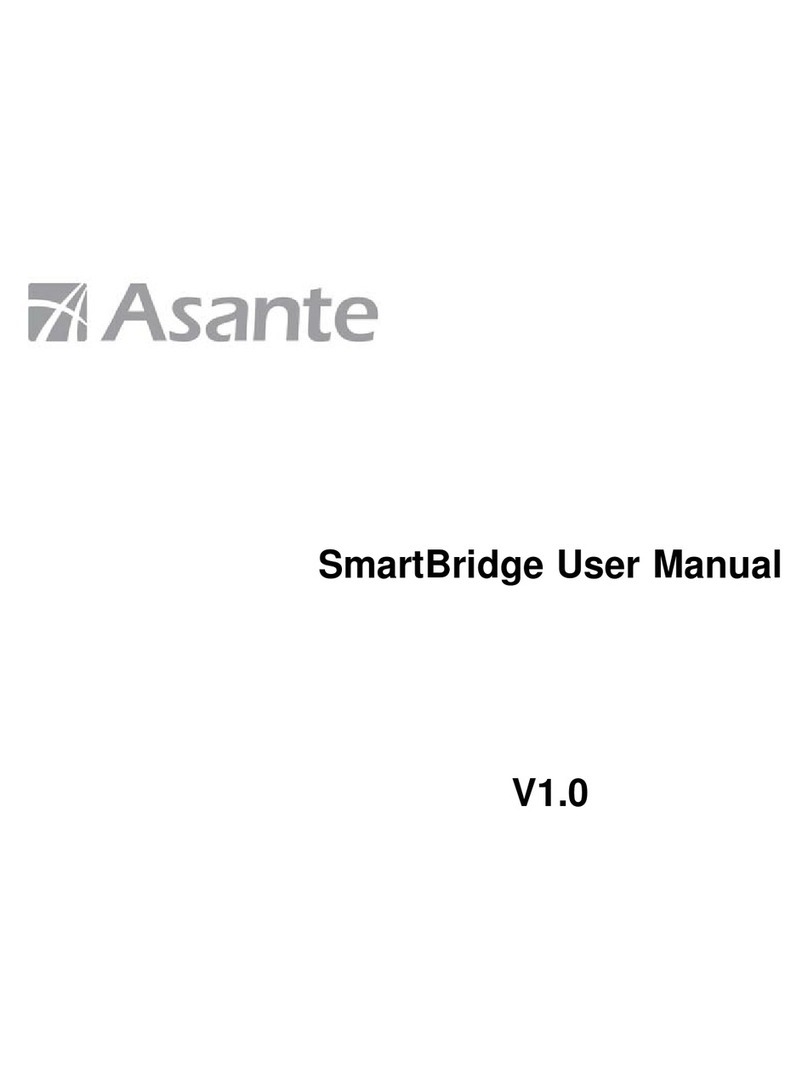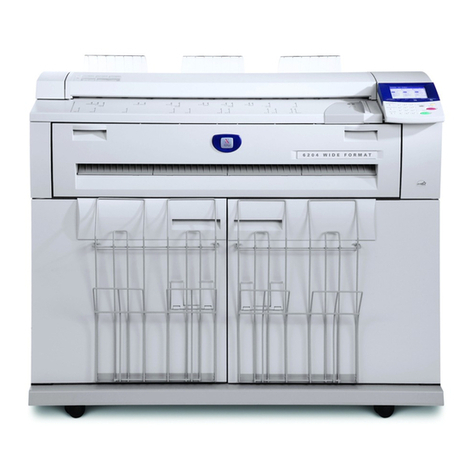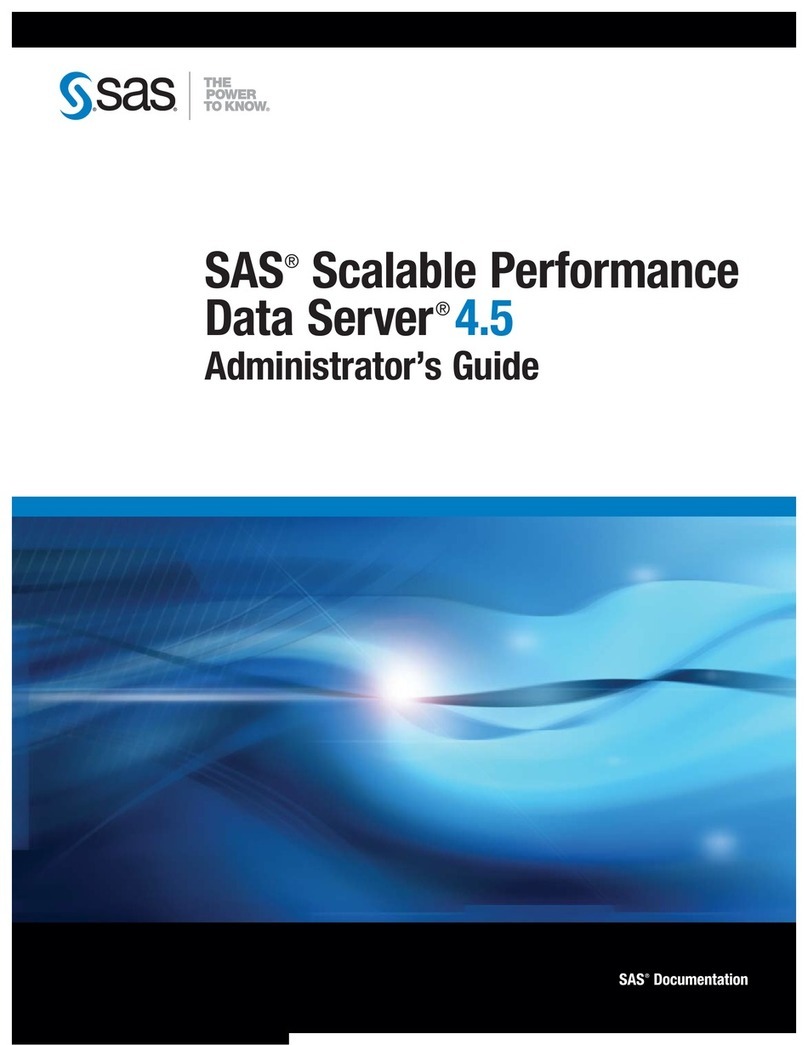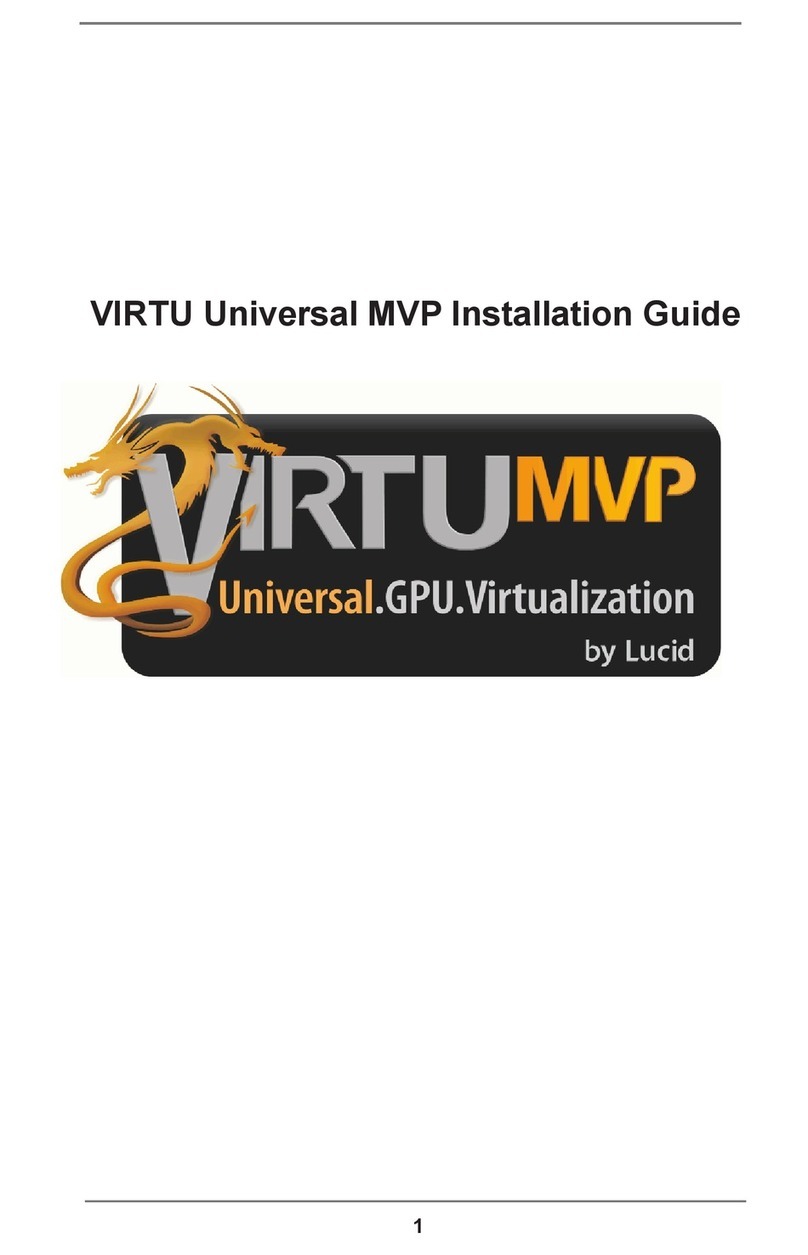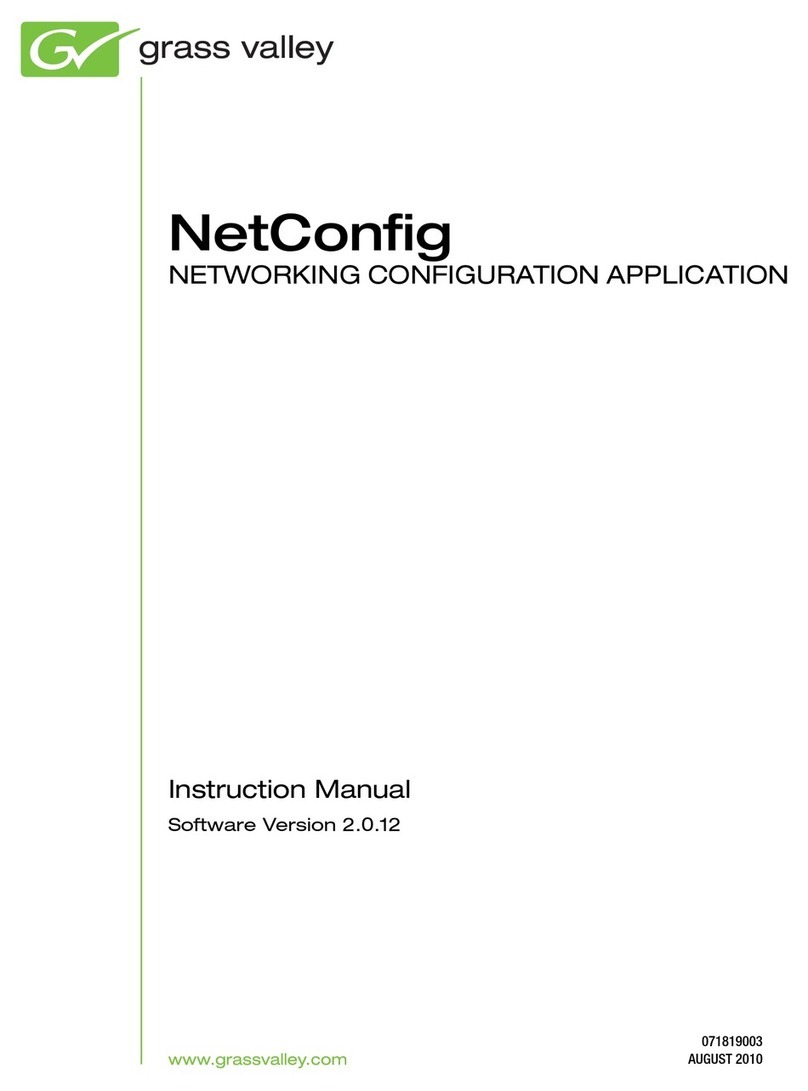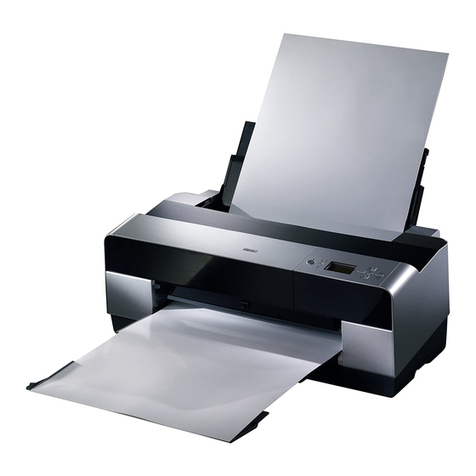
2
PCW Control SInstallation
Introduction – Getting Acquainted with the PCW Control System
Irritrol’s PCW Control system brings simple, yet sophisticated control to your landscape’s automatic sprinkler
and lighting system, through the convenience of your personal computer and a wireless, hand-held PC Remote
transmitter.
Glossary
To start, take a moment to become familiar with the following list of terms used throughout the PCW Control
program software and user’s guide.
Active Schedule – The current schedule in use for the Site (also listed at the top of the program window). A
site can have any number of saved schedules such as Spring, Summer, and Fall schedules for a site labeled “My
House”.
Active Site – The current site in use (listed at the top of the screen). The average PCW Control application will
have only one site; the location of the yard or landscape controlled by the system. Professional irrigation install-
ers may need multiple sites saved on their computers.
Controller – The electronic unit that stores the current operating program and controls the irrigation valves and/
or relays for lighting. As well as a Master Valve/Pump Start circuit and a sensor input, the controller provides con-
nections for up to 12 zones, of which three can be lighting zones. The system can control up to four controllers.
Get Schedule – The function that retrieves and displays the current schedule in the controller.
Master Valve Circuit – A circuit that controls the valve that opens and closes the pipeline supplying the rest of
the valves on an irrigation system. The master valve electrical circuit opens the main line when the first valve
turns on and shuts off the mainline when the last valve turns off. The Master Valve is used as protection against
the continuous flow of an irrigation valve stuck open.
PC-Remote (PC-R) - A multi-function control unit that, connected via USB cord to the Windows-based PC, pro-
vides wireless communication with the controller. When disconnected, the handheld remote enables manual
operation of the system.
PIN – The 4-digit, personal identification number selectable for the system. The PCW Control software, PC-
Remote, and the controller all must have the same PIN. The user-selected PIN helps reduce the chance of unau-
thorized access to the system.
Pump Start Circuit – The same circuit for a Master Valve, however, instead of energizing a valve, the circuit clos-
es and opens a relay for switching a pump on or off. One side of the relay is energized by 24VAC from the control-
ler and closes a bigger relay between the pump’s power source and the pump motor.
Open Site – Clicking this button opens the list of saved sites.
Operating Day Schedule - The sequence of watering days and/or lighting nights selectable by zone.
Week Day – Operation on selected days of the week.
Odd/Even Date – Operation only on Odd or Even numbered dates.
Day Interval – Operation in repetitive days (every two days or every three days, etc.)
Remote Master Valve/Pump Start – The feature that allows a Master Valve or Pump Starter to be connected to
Controller #1 only. Other controllers in the system call #1 to activate the Master Valve or pump as needed.
Seasonal Adjust – A percentage increase or decrease in watering time to match seasonal watering needs of the
landscape.
Schedule - An automatic operating routine for the irrigation and/or lighting zones. Schedules can be selected,
created, edited, saved, and transmitted from the calendar screen.
Scheduling Advisor™ - A feature that allows the user to enter specific details about a watering zone into the
system and receive a recommended irrigation schedule. The user can elect to apply the schedule and can also
decide on automatic adjustments to the irrigation schedule based on weather updates.
Site - The location of an irrigation and/or lighting system under the PCW Control’s command. In most cases, only
one site is identified.
Station – Another term for zone (see Zone below).
Zone – A section of the landscape supplied by one irrigation valve (irrigation zone) or lit by one landscape light-
ing circuit (lighting zone). Irrigation systems are divided up into zones because water pressure and flow will not
allow watering all areas at one time and the wide variety of plant material, slope, soil type and sun exposure cre-
ate differing needs for water application.
